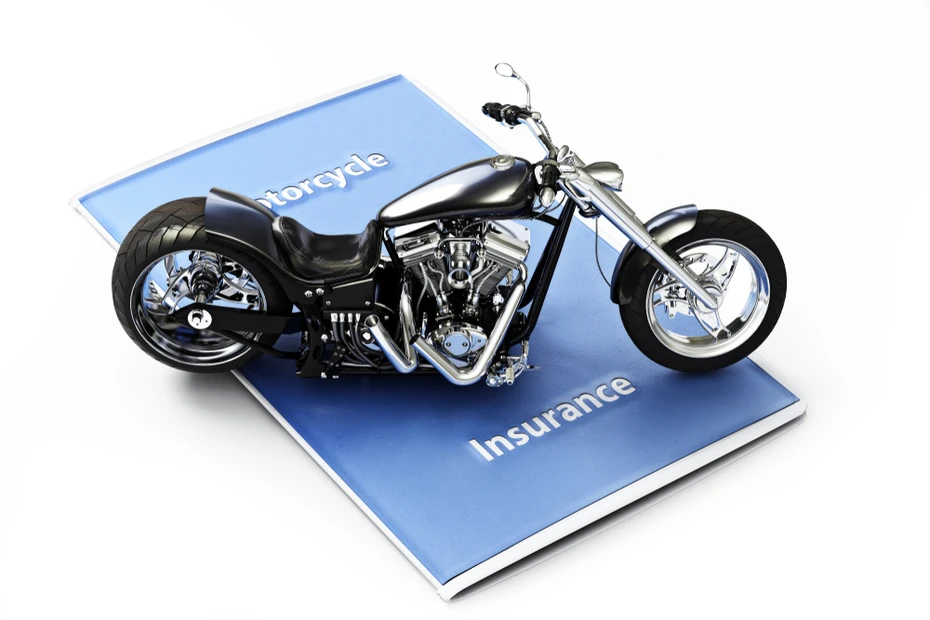How to shift gears on a motorcycle: A beginner’s guide
Motorcycles have gears to help maintain better control while riding. They allow you to ride smoothly across different terrains and ensure fuel is used efficiently. Understanding how to shift gears properly is essential for riding confidently and safely. When you know how gears work, you can maintain a steady pace and adapt to various road conditions with ease. Learning the correct gear-shifting techniques also improves your bike’s overall performance.

What are motorcycle gears, and how do they work?
In the transmission system of any motorcycle, gears play a vital role in terms of controlling the power transfer from the engine to the wheels. Essentially, they optimize the speed and torque. In other words, these are mechanical components accountable for transferring the rotational power instilled in the engine toward the rear wheel. Subsequently, they try striking a balance between the power output and speed.
When you engage the clutch, it temporarily disconnects the engine from the transmission. This allows you to shift gears smoothly and safely. Gear shifting changes the ratio between engine revolutions and wheel revolutions, helping your bike adapt to different speeds and road conditions. Once you release the clutch, power from the engine transfers to the newly selected gear, allowing the bike to move accordingly.
With this basic understanding of how motorcycle gears work, you're better prepared to learn how to shift gears correctly while riding.
Comparison of gears in motorcycles
It is the purpose and design of a particular motorcycle that determines the gear types:
|
Gear Type |
Commonly Used In |
How It Works |
Key Feature |
|
Manual |
Most standard bikes |
Rider shifts using clutch + foot lever |
Full control |
|
Automatic |
Scooters, commuter bikes |
No rider input; shifts automatically |
Easy to ride |
|
Semi-Automatic |
Some entry-level/off-road bikes |
Shifts via lever or buttons, no clutch |
Mix of ease and control |
|
Sequential |
Sports and racing bikes |
Shifts in order, one gear at a time |
Fast, precise shifting |
Components involved in shifting gears in motorcycles
-
Clutch: Disengages the engine from the built-in transmission, facilitating hassle-free change of gears, and yet no damage to components happens.
-
Gear Lever: Operated by foot, this lever is commonly used by the rider in order to sequentially shift gears either upward or downward.
-
Gearbox: Contains all the gears as well as synchronizes the shifting procedure.
-
Transmission System: Inculcates shafts and gear sets so as to adapt the torque and speed.
-
Clutch Cable: Responsible for transmitting the input given by the rider from the clutch lever directly to the clutch assembly.
-
Shift Forks: Transfer the gears into their involved positions inside the gearbox itself.
-
Shift Drum: Swaps to line up the gear selector forks and the required gear
How to shift gears on a motorcycle: Step-by-step
-
Pull the clutch lever fully: This disengages the engine from the gearbox, allowing you to shift gears safely without damaging the transmission.
-
Use your foot to shift the gear (For most bikes)
First gear: Press the gear lever down.
Higher gears (2nd and above): Lift up on the gear lever one step at a time.
(e.g., 1-N-2-3-4-5 pattern in many bikes) -
Roll off the throttle slightly: Before shifting, close the throttle (reduce acceleration) to reduce strain on the drivetrain. This makes the shift smoother and prevents jerks.
-
Release the clutch gradually: As you release the clutch, roll the throttle back on gently. This helps the engine match the speed of the new gear for a smooth transition.
-
Repeat as needed: Continue this process as you speed up or slow down. Smooth coordination between the clutch, throttle, and gear lever is key to safe and efficient riding.
Notes:
-
Downshifting (e.g., from 3rd to 2nd gear) follows the same process: pull clutch → shift down → throttle → release clutch gradually.
-
Practice in a safe, open area before riding in traffic.
-
Avoid shifting gears without using the clutch unless you’re on a racing bike designed for clutchless shifts.
Common mistakes to avoid while shifting gears in motorcycles
-
Shifting without using the clutch: This puts extra pressure on the gearbox and can damage it.
-
Improper throttle timing: Rolling off the throttle too early or too late can cause sudden jerks.
-
Skipping multiple gears: Jumping too many gears at once can affect the bike’s balance and control.
-
Releasing the clutch too quickly: This can cause the bike to jerk or vibrate.
-
Using the wrong gear for your speed: Riding in a high gear at low speed (or low gear at high speed) reduces performance and fuel efficiency.
-
Shifting at the wrong speed: Changing gears at the wrong time can strain or damage the engine.
-
Overusing engine braking: Relying too much on engine braking can make the bike unstable, especially on turns or wet roads
Learning how to shift gears properly is key to riding safely and smoothly. By practicing the tips above, you’ll gain confidence and reduce the risk of accidents. Gear shifting depends on your speed, power needs, and road conditions, so mastering it helps you ride better on any terrain.














































